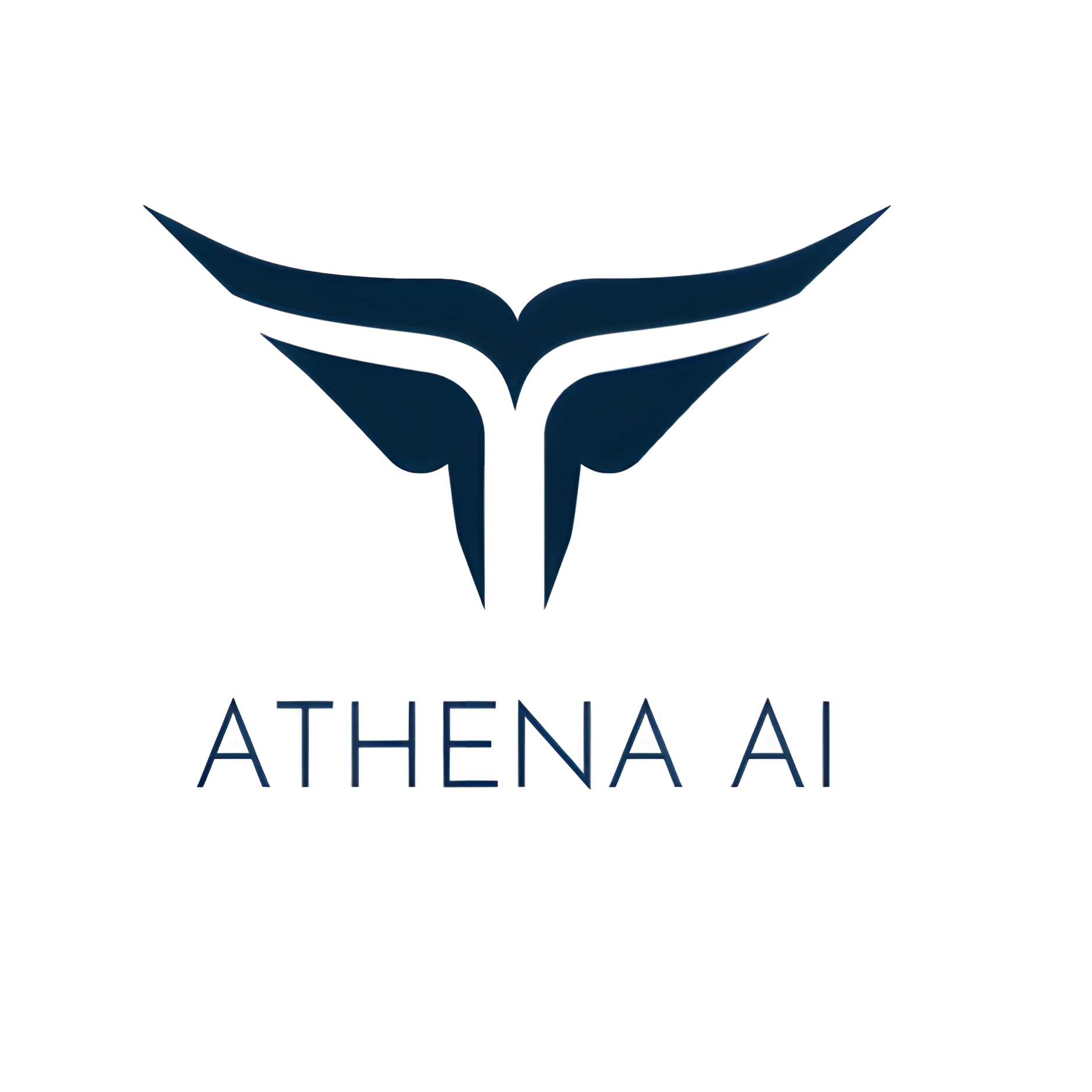Overview
Rubber is an innovative AI tool designed to empower users to seamlessly incorporate artificial intelligence into their websites, requiring no coding expertise. This platform is particularly beneficial for businesses aiming to enhance their operations through AI-driven solutions such as lead generation, customer support, and upselling. Rubber provides an intuitive environment for creating custom user interfaces and building sophisticated chatbots, leveraging advanced AI models like GPT-4 to deliver high-quality interactions.
The tool offers a diverse range of application templates tailored to various business needs, including marketing, sales, and more, making it versatile and accessible. With Rubber, users can choose from multiple pricing plans that suit different requirements and budgets. The free option is ideal for personal use, while the Pro plan offers unlimited access to apps, data sources, and GPT-4 capabilities for more demanding business applications. For enterprises with specific needs, Rubber also provides a custom plan that includes fine-tuned AI models and dedicated hosting solutions.
Endorsements from users such as Jeremy Cai and Michael Tu underscore Rubber's effectiveness and ease of use, highlighting its role in democratizing AI technology and providing exceptional customer support. Overall, Rubber stands out as a user-friendly and powerful tool that simplifies the integration of AI into business strategies, fostering innovation and efficiency across various sectors.
Key features
- No-code AI integration: Rubber allows users to integrate AI into their websites effortlessly without any coding knowledge, making advanced AI accessible to everyone.
- Customizable UI creation: Users can design and implement custom user interfaces that cater specifically to their business needs, enhancing user experience and engagement.
- Advanced AI models: Rubber supports cutting-edge AI models like GPT-4, enabling businesses to leverage powerful AI technology for various applications such as chatbots and data analysis.
- Comprehensive app templates: The tool offers a wide range of application templates across different domains like marketing, sales, and business, speeding up the deployment process.
- Flexible pricing plans: With options ranging from a free plan for personal use to custom plans with specialized features, Rubber provides flexibility to accommodate different user requirements and budgets.
- Effective customer support: Praised for its user-friendly interface and responsive customer service, Rubber ensures a smooth experience for users while they build and deploy AI tools.
 Pros
Pros
- Scalable infrastructure: Rubber's backend is designed to scale seamlessly with increasing demand, ensuring consistent performance even as user load and data volume grow.
- Real-time data processing: The platform supports real-time data processing, enabling businesses to react instantly to customer interactions and market changes.
- Multi-platform compatibility: Rubber works across various platforms, including web, mobile, and tablet, ensuring a consistent experience regardless of the user's device.
- Secure data handling: Rubber prioritizes security with robust encryption and compliance measures, protecting sensitive information from unauthorized access.
- Continuous updates: The tool regularly updates its features and AI models, keeping businesses at the forefront of technology without additional effort.
 Cons
Cons
- Limited integration options: While Rubber supports no-code AI integration, it may not offer extensive third-party integrations, limiting functionality for complex enterprise systems.
- Template dependency: The reliance on pre-built templates might restrict creative freedom and uniqueness, potentially leading to similar-looking applications across different users.
- AI model complexity: Despite supporting advanced AI models like GPT-4, the complexity of configuring these models to meet specific business needs can be challenging for non-technical users.
- Resource intensity: High-end AI features and customizable UIs may demand significant system resources, potentially affecting performance on less capable hardware.

















